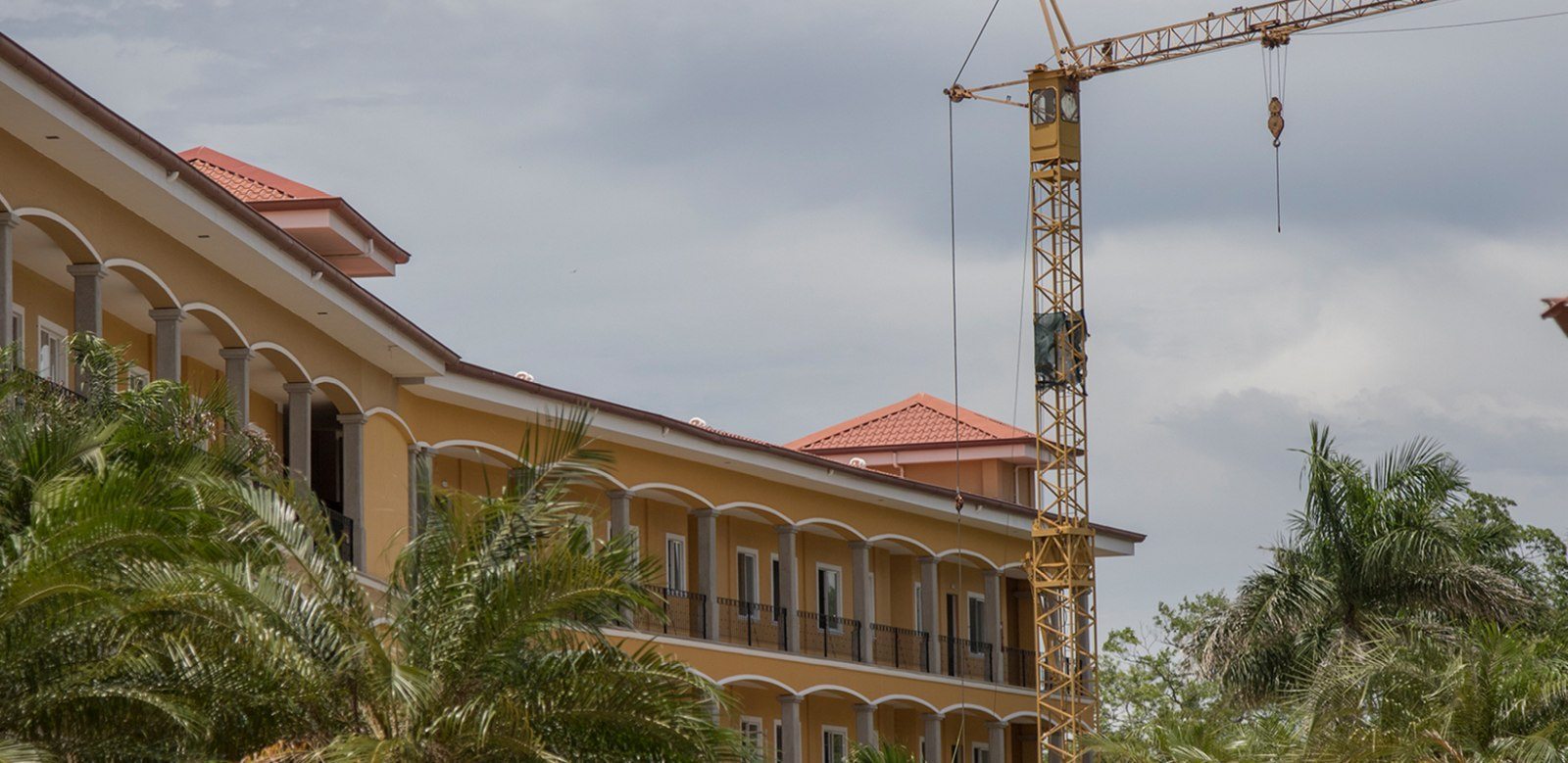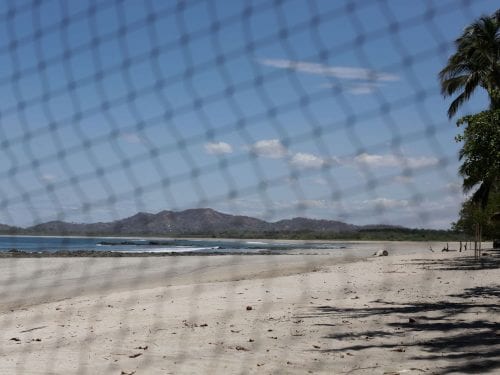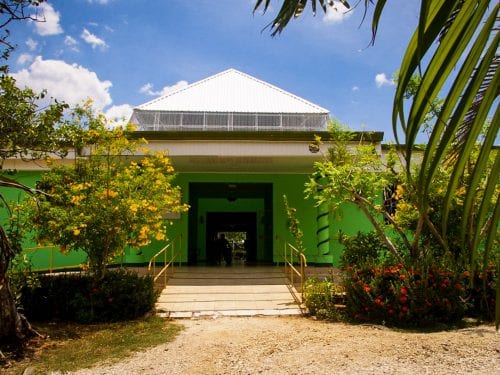
The pressure to build more housing in Tamarindo is growing despite already stressed water sources in the area. In the past five years, demand for housing construction has increased by 485 percent.
A battle for space already is occurring in this small metropolis between restaurants and hotels, cafés and stores, and vehicles and pedestrians.
But figures from the Association of Engineers and Architects analyzed by The Voice of Guanacaste show that this commercial explosion hasn’t dissuaded others from hoping to build homes in this touristic area, which has local residents concerned.
“We’re worried about the increase in construction projects in this district because currently there isn’t enough water. But we also understand the need for jobs and housing,” said Miguel Obando, president of the Huacas Asada, a rural water association.
The area of housing construction applications submitted to this Asada has increased from 4,300 square meters in 2010 to more than 25,000 in 2015, with consistent year-on-year growth.
Those figures don’t necessarily mean that all of that housing was actually built, which requires obtaining additional permits. But they do show the intention of owners to build additional structures in those areas.
In 2015, the area of housing construction applications totaled 3.5 times that of the National Stadium.
“This is significant growth. It’s alarming because it’s not the same thing to provide (water) for 3,000 homes as it is for 23,000, (and) added to that is the problem of salinization of wells in Tamarando,” said Pavel Bautista, a researcher for the freshwater security project Futuragua.
Enough Water for Everyone?
The Costa Rican Water and Sewer Institute (AyA) and the Huacas rural water association, which provides some of the water in the area, acknowledge that permits for new residential and commercial complexes usually are rejected due to their density of water consumption, but homes and small apartments usually receive letters confirming water availability.
According to Obando, the Huacas-Tamarindo aquifer, which provides some of the water to the area, is in a condition of “absolute stress” and is showing signs of salinization.
“I know of a 300-home project that was denied a permit,” said Obando, who added that permits currently are being issued for single-family and government-subsidized homes.
The Asada president noted that requirements to obtain water access include land registry, literal certification and a construction plan, among others. The paperwork is then passed to the AyA board for review, which takes up to 22 days.
AyA Guanacaste Regional Director Germán Araya said partial restrictions are in place all along the Santa Cruz coast, including Tamarindo. In April 2016, the agency denied a water request from a company planning to build a mall in Tamarindo.
Municipality Welcomes New Residents
If a proposed project receives the green light for water availability, it can continue with the permitting process all the way to the municipality, which has the final say.
“Here the only (permits) approved are those that have water availability approved by the Asada or AyA,” Santa Cruz Mayor María Rosa López said.
Santa Cruz, which includes the district of Tamarindo, was the canton that most attracted new housing construction in the past five years. Another district, Cabo Velas, also is beginning to feel the pressure. Some 30,000 residents depend on water truck deliveries, according to a recent investigation by The Voice of Guanacaste.
López attributes the canton’s growth to its beautiful scenery and commerce, which instead of driving tourists away attracts visitors interested in building vacation homes.
Another explanation could be the number of homes affected by the 2012 earthquake, whose owners now likely are seeking permits to rebuild, López said.
Santa Cruz’s gorgeous beaches are facing the same dilemma as the rest of Guanacaste in terms of development versus water supply. But the rush to build homes here means it is happening at an accelerated pace.







Comments